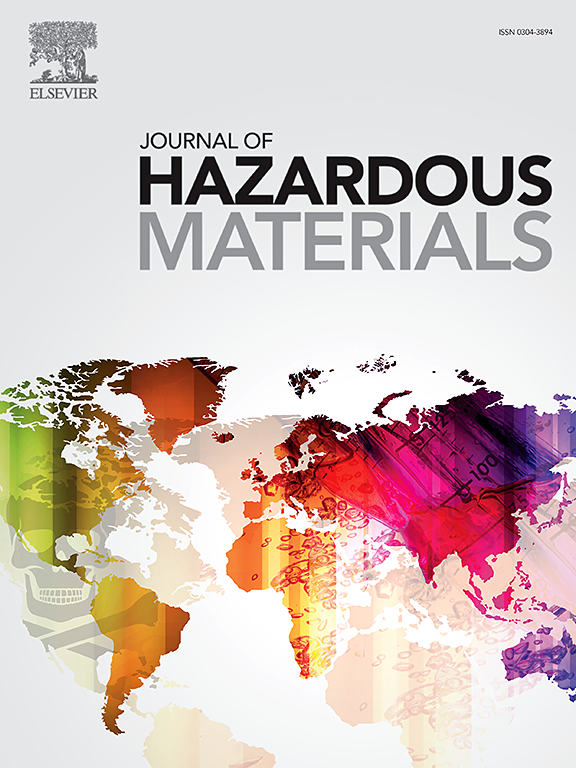Boron-induced phenylpropanoid metabolism, Na+/K+ homeostasis and antioxidant defense mechanisms in salt-stressed soybean seedlings
IF 12.2
1区 环境科学与生态学
Q1 ENGINEERING, ENVIRONMENTAL
引用次数: 0
Abstract
Boron (B)-induced alleviation of salt stress in plants have been examined in some details, but the mechanisms underlying these processes remain largely unexplored. In this study, soybean seedlings were irrigated with nutrient solution containing either 0 or 100 mM NaCl with two B levels. The results showed that salt stress adversely inhibited plant growth-related parameters and photosynthetic rate, caused oxidative damage in terms of higher malondialdehyde (MDA) and reactive oxygen species (ROS) levels. Co-treatment with B and salt causes a decrease in overall Na+ content in plant, with increased in Na+ content in root and root cell wall (CW) and a reduction in Na+ translocation factor. Additionally, B supplementation boosted antioxidant enzyme activities, and reduced MDA, H2O2, and osmotic substance levels under salt stress. Boron specifically induced the phenylpropanoid metabolism pathway, enhanced the antioxidants accumulation such as cinnamic acid, coumarin, and sinapic acid, as well as flavonoids like glycine and genistein, collectively reduced salt-induced ROS accumulation. Taken together, B mitigates salt stress by enhancing root antioxidant defenses and activating the phenylpropanoid metabolism pathway which reduces ROS level. Boron enhanced root retention of Na+ to alleviate oxidative damage caused by Na+ accumulation in leaf, ultimately improves photosynthesis and promotes seedlings growth.

求助全文
约1分钟内获得全文
求助全文
来源期刊

Journal of Hazardous Materials
工程技术-工程:环境
CiteScore
25.40
自引率
5.90%
发文量
3059
审稿时长
58 days
期刊介绍:
The Journal of Hazardous Materials serves as a global platform for promoting cutting-edge research in the field of Environmental Science and Engineering. Our publication features a wide range of articles, including full-length research papers, review articles, and perspectives, with the aim of enhancing our understanding of the dangers and risks associated with various materials concerning public health and the environment. It is important to note that the term "environmental contaminants" refers specifically to substances that pose hazardous effects through contamination, while excluding those that do not have such impacts on the environment or human health. Moreover, we emphasize the distinction between wastes and hazardous materials in order to provide further clarity on the scope of the journal. We have a keen interest in exploring specific compounds and microbial agents that have adverse effects on the environment.
 求助内容:
求助内容: 应助结果提醒方式:
应助结果提醒方式:


